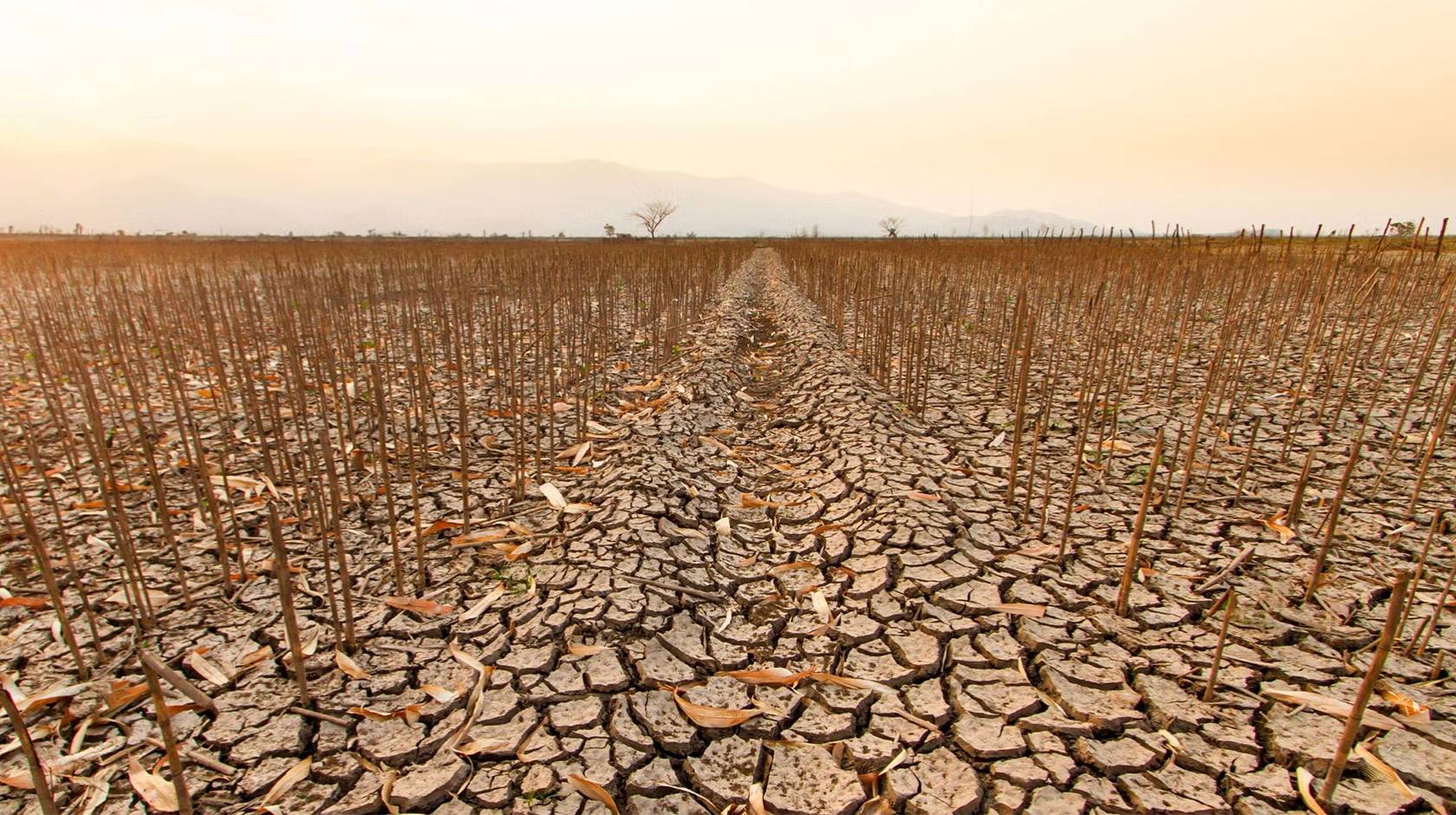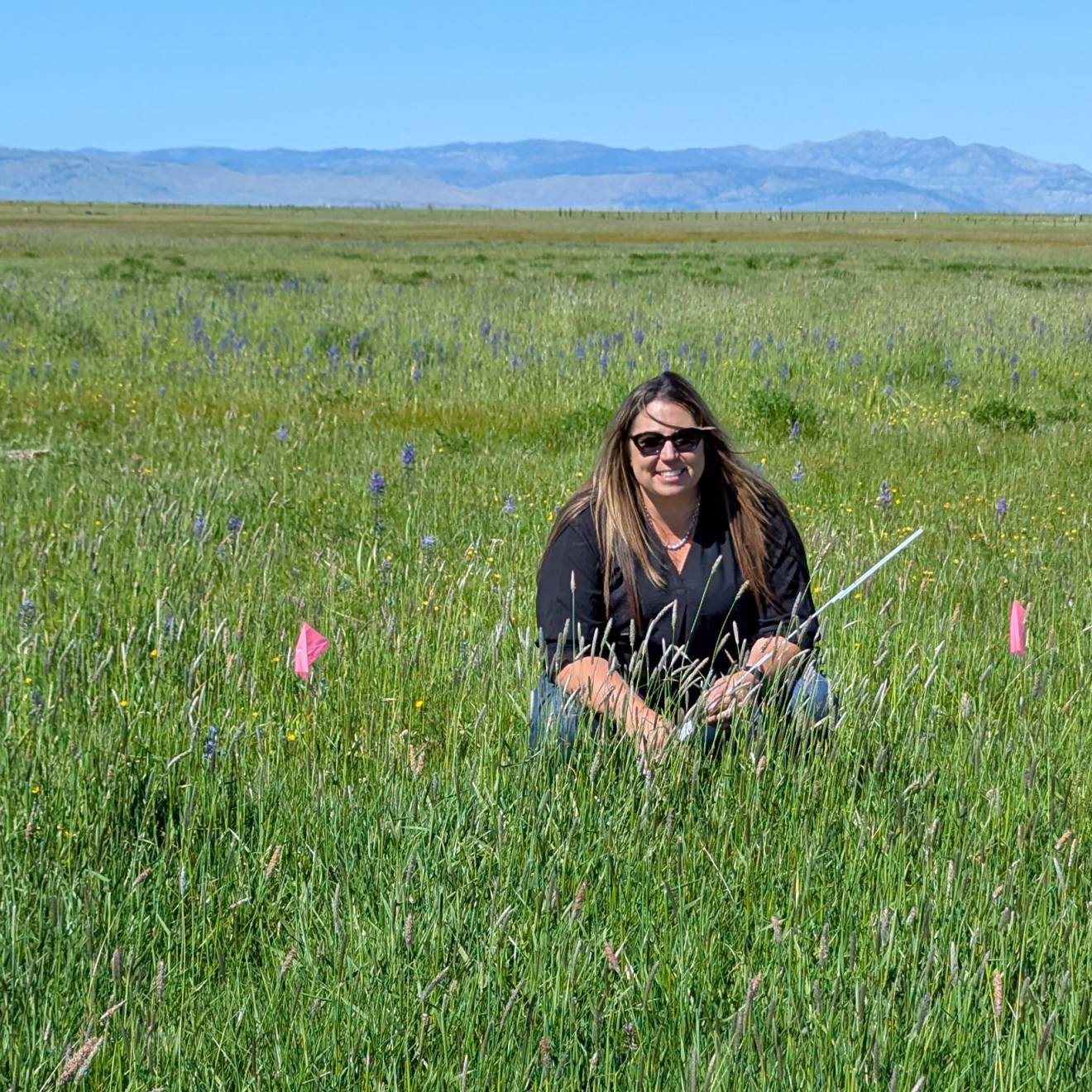Harrison Tasoff, UC Santa Barbara


Chris Funk works with an international team of Earth scientists to inform weather and famine-related disaster responses. Chris studies climate and climate change while also developing improved data sets and monitoring/prediction systems.
Hot air holds more moisture. That’s why you can blow your hair dry even after a steamy shower. It’s also what dumps rain in the tropics and sucks water from desert soils.
A new study, published in Nature, shows that the atmosphere’s growing thirst for water is making droughts more severe, even in places where rainfall has stayed the same. The paper details how this “thirst” has made droughts 40% more severe across the globe over the course of the past 40 years.
“Drought is based on the difference between water supply (from precipitation) and atmospheric water demand. Including the latter reveals substantial increases in drought as the atmosphere warms,” said co-author Chris Funk, director of the Climate Hazards Center at UC Santa Barbara.
The hidden force behind worsening droughts
Droughts are usually blamed on a dearth of rain. But scientists have discovered another factor at work: warming air is increasing the atmosphere’s evaporative demand. Atmospheric evaporative demand (AED) acts like a sponge, soaking up moisture faster than it can be replaced. This can pull more water out of soils, rivers and plants.
It’s not clear whether a warmer atmosphere will make droughts more or less intense, frequent and widespread. “As the atmosphere warms, air at a constant relative humidity will hold more water vapor, so rainfall may increase,” Funk explained. “But at the same time, atmospheric evaporative demand is also expected to increase. So which is increasing more quickly?”
Funk joined an international team of scientists to examine the role AED is playing in exacerbating droughts around the world.
A new way to measure drought’s growing danger
Scientists knew AED was important, but few studies had carefully measured its global impact using real-world observations, making it harder to predict and prepare for droughts. This new study used a set of high-resolution data covering more than a century, and applied advanced methods to track how AED has increased and how much worse it has made droughts.
“We face a big challenge,” explained lead author Solomon Gebrechorkos, a hydro-climatologist at University of Oxford. “There’s no direct way to measure how ‘thirsty’ the atmosphere is over time. So, we used high-resolution climate data, identified through a comprehensive global evaluation, and applied the most advanced models for atmospheric evaporative demand — models that account for multiple climate variables, not just temperature.”
The team compared water supply, based on precipitation, and atmospheric evaporative demand using multiple world-class datasets. They then looked at changes in the standardized data, evaluating these changes over time. “This allowed us to compare wet and dry regions using a common framework,” Funk explained. The authors then identified statistically significant increases in drought.
They found that AED has increased faster than precipitation rates, suggesting an alarming tendency towards drier conditions. “I find these results very concerning, but perhaps not terribly surprising,” Funk said. “Most of us are familiar with how air temperatures are increasing rapidly, but most people may not realize the connections between this warming and the desiccating influence of the atmosphere.” In warm areas, raising the temperature by just a couple degrees can dramatically increase the atmosphere's ability to draw moisture from crops, rangelands and forests, he added.
Understanding drought in a warming world
This study reinforces past work showing that droughts will become more intense in a warming world. This has implications for global food and water security, which may in turn amplify political instability and conflict. Easier to see are more direct links between increased AED and wildfire. A thirsty atmosphere desiccates plants, which contributes to larger wildfires.
Looking into the future, this study underscores the importance of early warning systems, drought risk management and effective anticipatory actions. Predicting droughts, and increased atmospheric demand, can trigger effective interventions. For example, farmers might use micro-irrigation or water-retentive soil treatments to offset increased AED. “To counter increasing drought trends, we need to anticipate and manage the extreme events that lead to concerning increases in drought risk,” Funk said.
Researchers are also interested in uncovering how evaporation and atmospheric demand interact with water supplies, not just rainfall patterns. Scientists will need to study how farmers, cities and ecosystems can adapt to a world where the atmosphere constantly demands more moisture.

